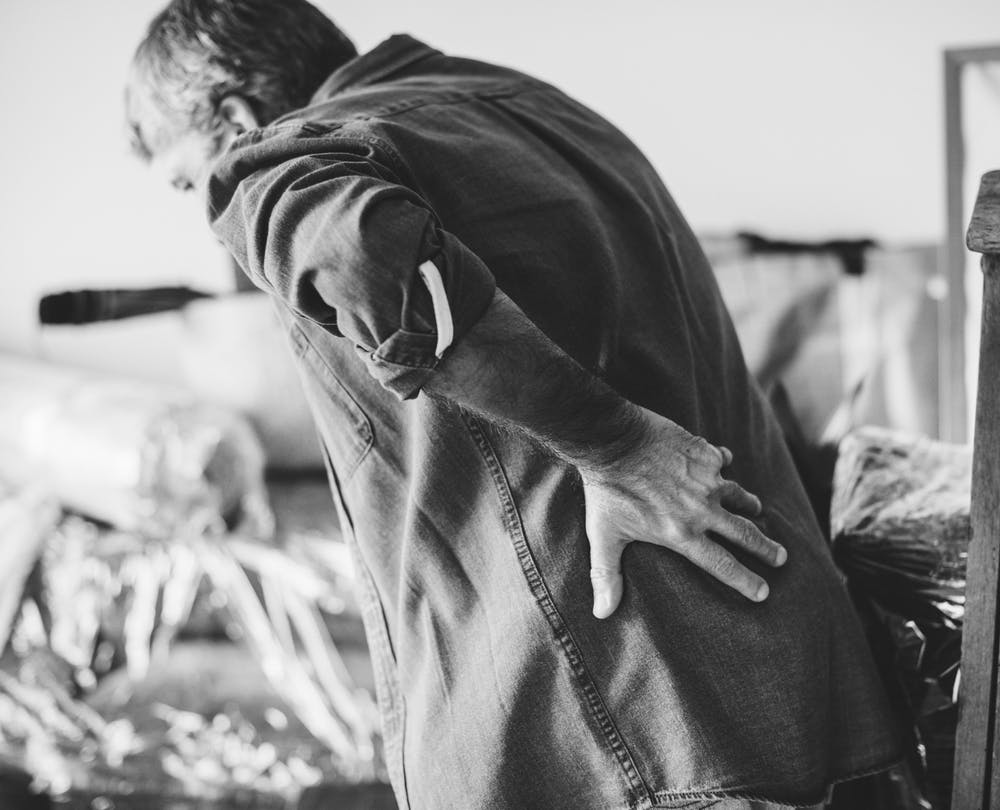Back Pain Prevention & Treatment
Back pain is a fact of life for many people. Research shows that up
to 80% of the population will experience back pain at some point during
their lives.1 It is also the second most common reason for visits to the doctor’s office, outnumbered only by upper-respiratory infections.2
Sometimes back pain is sharp and intense, caused by a wrong move or
an injury, and heals in a few days or weeks. Others experience back pain
as a chronic condition, seriously altering their ability to work and
enjoy time with family, friends and other leisure activities—leading to
depression in some cases. A recent global survey of health conditions
identified back pain as the single most disabling condition worldwide.3
Moreover, as lifestyles have become more sedentary and the rate of
obesity has risen, back pain has become increasingly prevalent, even
among young children.
Spinal health is an important factor in preventing back pain, as well
as maintaining overall health and well-being. The American Chiropractic
Association (ACA) encourages people to take steps to improve their
spinal health and avoid injury.
Things such as better nutrition, exercise, ergonomic workspaces and proper lifting and movement techniques can go a long way in helping people to strengthen their spines and potentially avoid serious injury and chronic pain. When back pain hits, research shows that a conservative approach to treatment is the best option.
Tips to Prevent Back Pain
There are several simple strategies that can help to prevent the onset of back pain. Among them:
- Maintain a healthy diet and weight.
- Remain active—under the supervision of your chiropractor.
- Avoid prolonged inactivity or bed rest.
- Warm up or stretch before exercising or physical activities, such as gardening.
- Maintain proper posture.
- Wear comfortable, low-heeled shoes.
- Sleep on a mattress of medium firmness to minimize any curve in your spine.
- When lifting an object, lift with your knees, keep the object close to your body, and do not twist.
- Quit smoking. Smoking impairs blood flow, resulting in oxygen and nutrient deprivation to spinal tissues.
- Work with your chiropractor to ensure that your workstation is ergonomically correct.
Reprinted with permission from the American Chiropractic Association www.acatoday.com
REFERENCES:
1. Rubin Dl. Epidemiology and Risk Factors for Spine Pain. Neurol Clin, 2007; May;25(2):353-71.
2. Hart LG, et al. Physician Office
Visits for Low Back Pain: Frequency, Clinical Evaluation, and Treatment
Patterns from a U.S. National Survey. Spine, 1995; 20:11–9.
3. GBD 2015 Disease and Injury
Incidence and Prevalence Collaborators. Global, regional, and national
incidence, prevalence, and years lived with disability for 310 diseases
and injuries, 1990–2015: a systematic analysis for the Global Burden of
Disease Study 2015. The Lancet. 2016 Oct 7; 388:1545–1602.Qaseem A, et
al. Noninvasive Treatments for Acute, Subacute, and Chronic Low Back
Pain: A Clinical Practice Guideline from the American College of
Physicians. Ann Intern Med, 2017;166(7):514-530.

